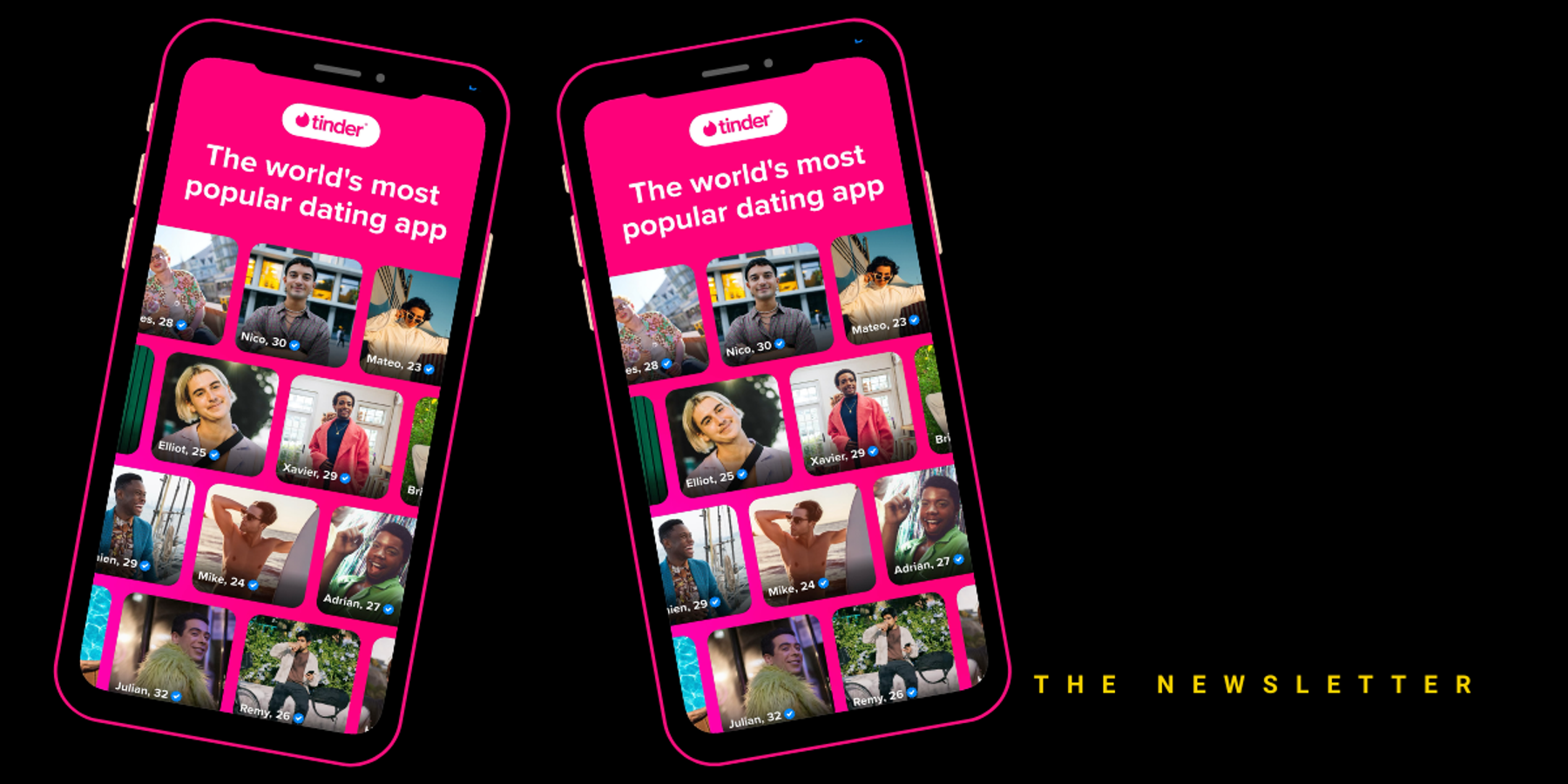Behind Her Empire Podcast: Create Millions By Solving Your Own Problem
Yasmin is the host of the "Behind Her Empire" podcast, focused on highlighting self-made women leaders and entrepreneurs and how they tackle their career, money, family and life.
Each episode covers their unique hero's journey and what it really takes to build an empire with key lessons learned along the way. The goal of the series is to empower you to see what's possible & inspire you to create financial freedom in your own life.

On this episode of Behind Her Empire podcast, hear from Lizanne Falsetto, founder and former CEO of thinkThin, a better-for-you, high-protein nutrition bar for active women on the go. It's a company she led for over ten years and sold for over $200 million. She's now an advisor to small and medium-sized entrepreneurial companies in the natural food and wellness industries. She also founded Pink Talented Angels in 2019 to connect young female founders with seasoned professionals, in order to help them grow.
Key Takeaways:
- When founders build a brand to solve their own, personal problem, they're more emotionally connected to it, and therefore are more driven and efficient to bring that product or idea to market.
- Women need to support women in order to build tribal communication - and the warmth that comes with it.
- Falsetto self-funded the business and made sure that her receivables were 20 percent higher than her payables so what was coming in fueled what was going out.
"...so when you hit hurdles or when you hit the wall, just know that it is only teaching you something to learn. Pick it up and move forward."
"Females bring this huge depth of intuitive, emotional energy to the table that elevates a conversation in business."
— Lizanne Falsetto
Lizanne Falsetto is the founder and former CEO of thinkThin, founder of LF Advisory and founder of Pink Talented Angels.
- Coolhaus Ice Cream CEO Natasha Case on Building her Company ... ›
- How Sabrina Kay Went from Janitor to Multimillionaire CEO - dot.LA ›
- Hedley & Bennett CEO Ellen Bennett on Starting a Business - dot.LA ›
- Hedley & Bennett CEO Ellen Bennett on Starting a Business - dot.LA ›
- Hedley & Bennett CEO Ellen Bennett on Starting a Business - dot.LA ›
- MM.LaFleur's Founder On How to Power Through Self-Doubt - dot.LA ›
- Shalini Vadhera on When to Double Down and When to Quit - dot.LA ›
- Shalini Vadhera on When to Double Down and When to Quit - dot.LA ›
- First Media CEO Sharon Rechter on Creating BabyFirst TV - dot.LA ›
- Venus et Fleur Grew Out of a Bad Valentine's Day Date - dot.LA ›
- TransPerfect Co-Founder Liz Elting on Co-Founding a Company - dot.LA ›
- Hooked CEO Prerna Gupta on Making Fiction for Smartphones - dot.LA ›
- Supergoop!'s Sunscreen Biz Was Born of a Brush with Cancer - dot.LA ›
- TenOneTen Ventures' Minnie Ingersoll on Dreaming Big - dot.LA ›
- Neha Kumar, Maie Wines CEO, Has Advice For Entrepreneurs - dot.LA ›
- Sprinkles' Founder On Revolutionizing Cupcakes - dot.LA ›
- Mona Vand Shares Tips and Tricks To Becoming Your Own Brand - dot.LA ›
- Margaret Wishingrad On Creating Three Wishes Cereal - dot.LA ›
Yasmin is the host of the "Behind Her Empire" podcast, focused on highlighting self-made women leaders and entrepreneurs and how they tackle their career, money, family and life.
Each episode covers their unique hero's journey and what it really takes to build an empire with key lessons learned along the way. The goal of the series is to empower you to see what's possible & inspire you to create financial freedom in your own life.




